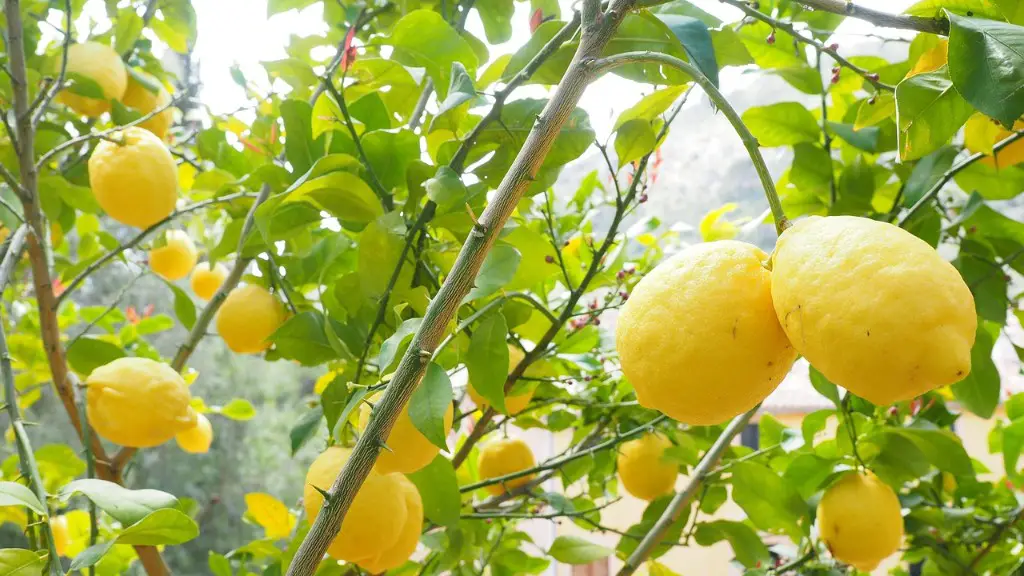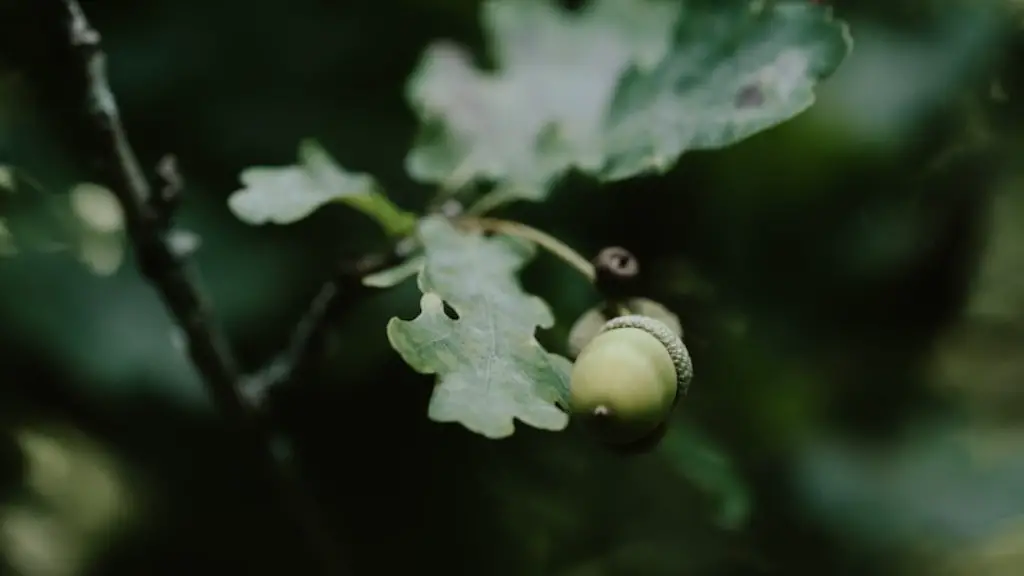Before Planting
After closely considering the microclimate, seed varietal, and what methods you’d like to employ in growing an avocado tree, it’s time to purchase the seeds. Since you can’t buy live avocado trees at most garden centers, you’ll need to start with a seed. Look for healthy, bright green seeds with no cracks and soft spots. If there are dark discolorations, this could be a sign that the seed is old and may not germinate. There are three types of avocado tree seedlings, type A, B, and C. A and B types usually germinate faster and can be grown reliably, while type C avocados are typically harder to grow, but sweet and juicy.
Germination
Choose a container that is about 6-7 inches (15–18 cm) deep and fill it with a potting soil of your choice. Then, submerge your avocado seed in water. The water should cover the entire seed, but it should not be overflowing. As the seed begins to germinate, small roots will come out from the base of the seed, so make sure to change the water every few days. Ideal germination takes about two weeks, so be patient. You can also discard the seeded water and add fresh water for faster germination. Also, you can expect the seed to become less buoyant over time as the small root starts to develop.
Care While Growing
Once your avocado tree has germinated, remove the top portion of the seed, as it will end up rotting and release too much moisture. Place your tree in a spot that receives lots of light, either indoors or outdoors. An indoor location with bright, direct light will be best. The avocado tree needs to get at least 6 hours of sunlight every day. Make sure your avocado container has a bottom drainage hole, as avocado trees don’t like overly wet or soggy soil. Water the plant generously 3-4 times a week, especially in the heat of summer.
Your avocado tree will also need fertilizer to help it grow and develop robust branches and foliage. Organic fertilizers can be used such as liquid seaweed, fish emulsion, or composted chicken manure. There are also liquid fertilizers available in the store specifically formulated for avocados. You can feed your avocado tree every two weeks or once a month. If you’re unsure about what to feed your tree, speak to an experienced gardener or read up on the variety of fertilizer options.
Pruning & Pruning Timing
Pruning helps your avocado tree to grow in a well-shaped, healthy condition. It is recommended to prune avocados once every six months after reaching 6 feet. Pay careful attention when pruning by avoiding cutting more than 25% of the foliage, as otherwise it will stress out the tree and reduce its ability to produce fruits. Prune in such a way that encourages more and denser branches, as this will increase fruit production.
When selecting branches to prune, choose ones that are too close together, as this reduces air circulation in the tree and reduces fruit production. Avoid pruning during the flowering or fruiting season, as it may reduce the tree’s production and prevent the fruits from developing properly. If necessary, prune after the fruit is harvested, so as not to stress the avocado tree and leave it more prone to disease.
Harvesting Fruit
It is recommended to wait for the harvest until the fruit is completely mature. This can be verified by inspecting the fruits and observing their color. Fruits that are ready to be picked have a uniform green color, while those that are still unripe will appear to be more yellow. Ripe fruits usually fall off the tree naturally, making the harvesting process easier.
Before harvesting your avocado crop, be sure to gently shake the tree to get rid of any fruits that may be stuck. Fruits that hang on for too long may rot and potential spread tree disease. After the growing and harvesting process is complete, remember to enjoy the fruits of your labor! The rewards of growing your own avocados are sure to sweeten any meal.
Pests & Diseases
When growing an avocado tree, it is important to keep an eye out for certain pests and diseases that could damage the crop. Common avocado pests, such as scales, mites, and mealybugs, need to be carefully monitored as they can weaken and even kill the tree. Make sure to inspect the leaves and branches of your avocado tree and if there are any signs of these pests, treat them immediately.
Avocado diseases, such as anthracnose and root rot, may also occur and weaken the tree making it less productive. To avoid this, make sure that your soil is well-drained and avoid overwatering your tree. Check for such diseases regularly and take necessary steps to control them if found.
Companion Planting & Organic Farming
A great companion for avocado trees is garlic. Its strong smell is able to repel some insects and pests. Plant garlic bulbs in the same soil around the avocado tree for added protection. Furthermore, organic methods of farming can help your tree stay healthy and productive. Use organic fertilizers and avoid using chemical pesticides as they can put the health of your tree at risk. Additionally, you can use natural repellents once the tree is mature.
These methods have been used by generations of gardeners, to foster the rich Avocado tree experience.
Organic Pest-Control Remedies
Organic pest-control remedies can help take your avocado tree to greater heights without harming helpful insects, pests, or birds. The easiest and most efficient way to keep your avocado tree healthy is to use pest repellents. Pyrethrin derivatives, neem oil, and garlic extract are some of the common organic pest-control remedies that can be applied directly to the affected plants. Additionally, you can also employ the use of physical traps such as sticky traps and glue boards to capture pests like moths and flies.
Aside from controlling pests, organic materials can also be used to nourish the soil or act as a fertilizer. Composted kitchen waste, horse manure, and shredded leaves are some of the common organic materials that can not only improve the quality of the soil but also increase the nutrient intake of your avocado tree.
Disease Treatments
In order to combat avocado tree diseases, you need to understand what the disease is and then take necessary steps to treat it. Anthracnose is one of the common diseases of avocado trees and is caused by a fungus. The best way to control it is to keep the trees well-pruned, ensure good airflow, and avoid overwatering. An appropriate fungicide can also be used, according to the manufacturer’s instructions.
Root rot is another common avocado tree disease and is often caused by excessive moisture in the soil. This can be prevented by avoiding overwatering and providing good drainage. Regular watering and a proper fertilizer regime can also help keep the plant healthy and productive. If a tree is infected with root rot, consider applying a fungicide in order to completely eradicate the disease.
Preventative Care
The best way to increase your chances of fruitful avocado harvests is to practice preventative care. Regularly inspect your tree for pests and diseases and take action if you spot any signs. If you are unable to identify the issue, consider getting professional help. Additionally, when choosing a location for your avocado tree, make sure the spot gets plenty of light and the soil is well-draining. A soil test can also be performed to learn more about the soil type and its pH.
Finally, proper pruning is essential for a healthy avocado tree. As mentioned before, be sure to wait until the tree is at least 6 feet tall before pruning, and limit the amount of foliage you’re removing to 25% or less. Pruning with the right tools and techniques can massively improve the health of your tree and increase its production.



